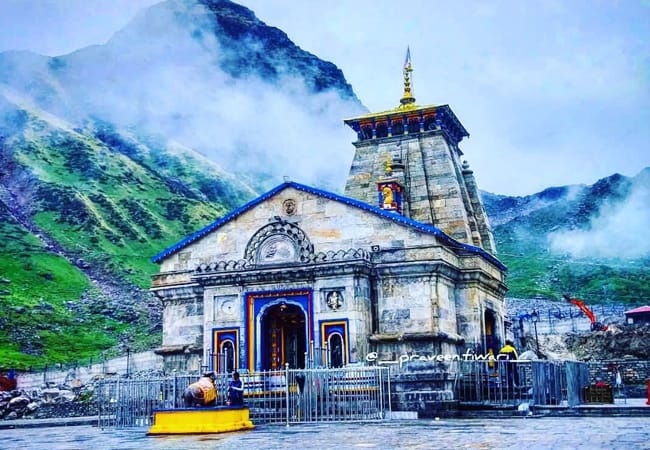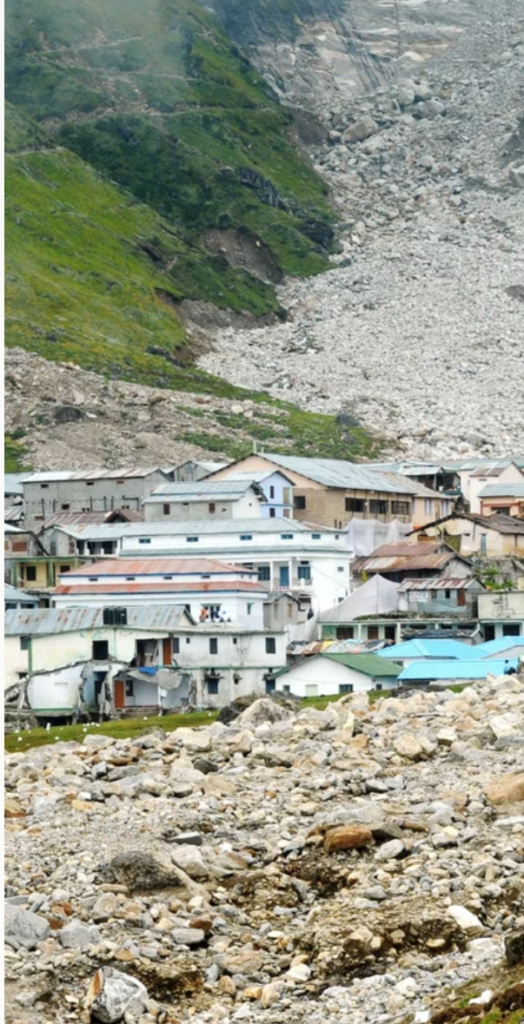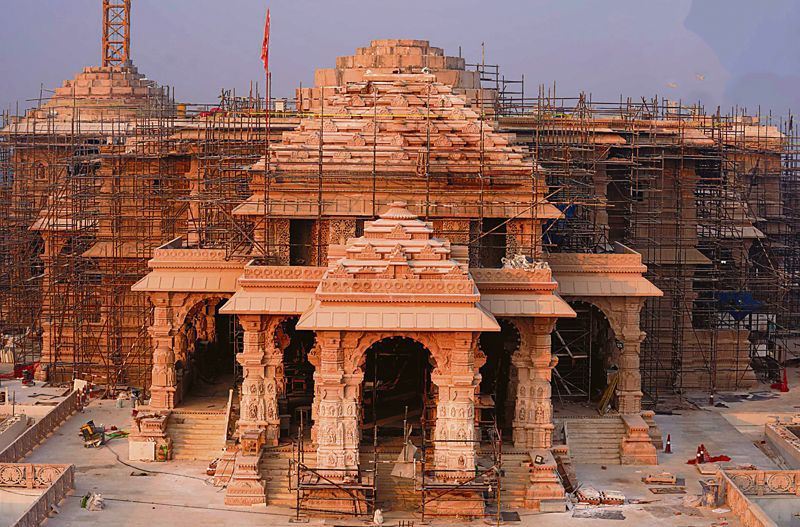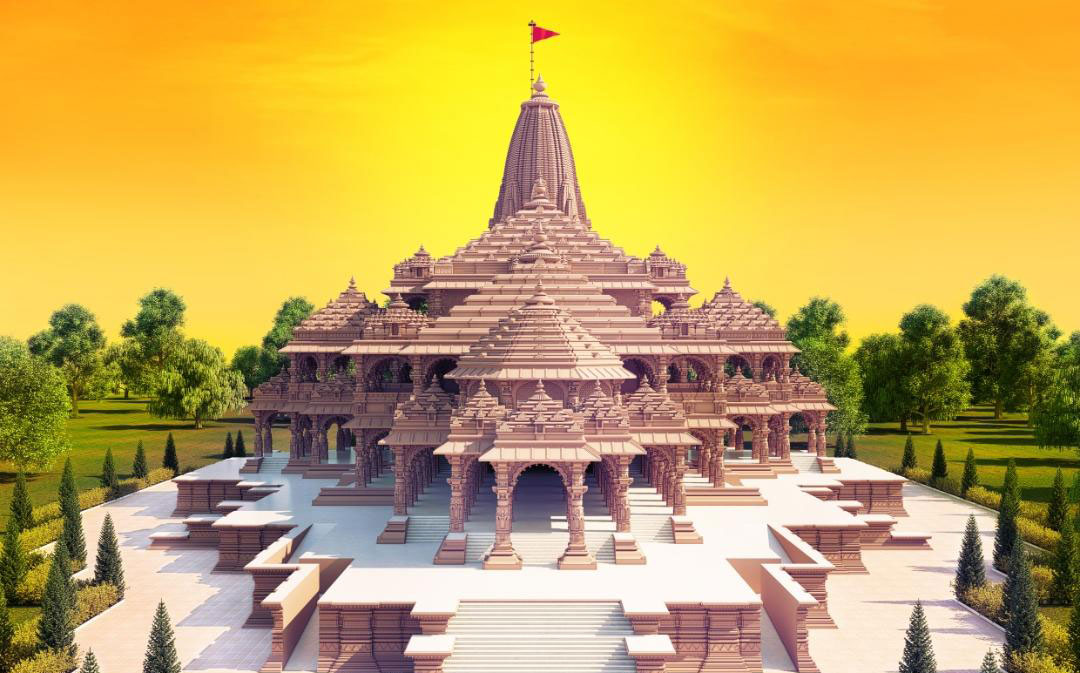
The Majestic Kedarnath Dham
Nestled amidst the breathtaking Himalayas, the Kedarnath Dham is a sacred Hindu pilgrimage site that captivates visitors with its awe-inspiring natural beauty and spiritual significance.
Location and Accessibility
Remote Location
Seasonal Accessibility
Challenging Journey
History and Significance
Ancient Origins
The Kedarnath Dham is believed to have been established by the Pandavas, the protagonists of the epic Mahabharata, in the 8th century BCE.
Spiritual Importance
The Dham is regarded as a site of immense spiritual significance, where pilgrims seek to cleanse their souls and attain moksha, the ultimate liberation from the cycle of rebirth.
Revered Deity
The temple is dedicated to Lord Shiva, one of the principal deities in Hinduism, and is considered one of the 12 Jyotirlingas, the most sacred Shiva shrines.
Architecture and Temples
Main Temple
The primary temple at Kedarnath is a massive stone structure with a conical roof, built in the Nagara style of Hindu temple architecture.
Satellite Shrines
The Dham also features several smaller shrines and temples dedicated to various deities, including Bhairava, Vishnu, and the Pandavas..
Architectural Marvels
The temples are renowned for their intricate carvings, sculptures, and exquisite stonework, showcasing the exceptional craftsmanship of the region.
Pilgrimage and Rituals
Spiritual Practices
Pilgrims engage in various rituals and practices, such as bathing in the sacred Mandakini River, performing puja (worship) at the temples, and circumambulating the shrines.
Sacred Experiences
- Seeking divine blessings and enlightenment
- Connecting with the divine energy of the Himalayas
- Immersing in the timeless traditions of Hindu spirituality
Natural Surroundings
Majestic Peak
The Kedarnath Dham is nestled amidst the snow-capped peaks of the Garhwal Himalayas, creating a breathtaking natural backdrop for the sacred site.
Sacred River
The Mandakini River, a tributary of the Ganges, flows through the region, adding to the serene and sacred ambiance of the Dham.
Pristine Landscapes
The surrounding areas are characterized by lush alpine meadows, dense forests, and glacial lakes, offering a truly awe-inspiring natural setting.
Challenges and Restoration
Natural Disasters
The Kedarnath Dham has faced numerous challenges, including devastating floods, landslides, and extreme weather conditions that have threatened the site’s preservation.
Restoration Effort
Ongoing Perversion

Visiting Tips and Recommendations
Preparation Tips | Acclimatize to the high altitude, carry necessary supplies, and hire a experienced guide |
Recommended Attire | Warm, layered clothing, comfortable hiking shoes, and sun protection |
Best Time to Visit | May to October, when the weather is mild and the shrine is accessible |
Visiting the Kedarnath Dham is a transformative experience that requires both physical and spiritual preparedness. Embrace the journey, immerse in the serene surroundings, and connect with the timeless essence of this sacred pilgrimage site.








